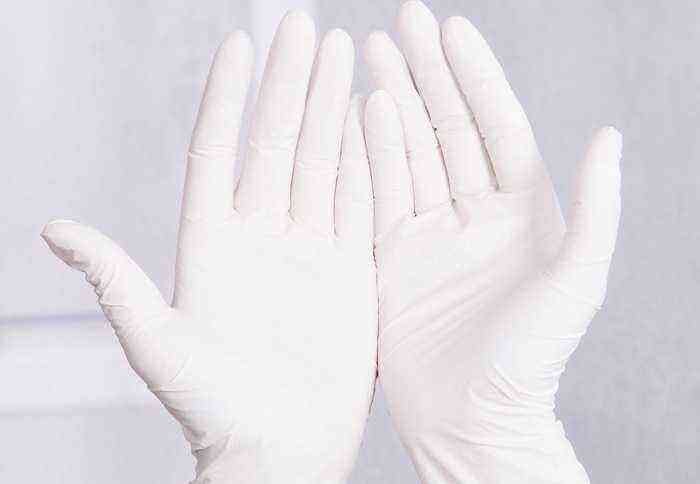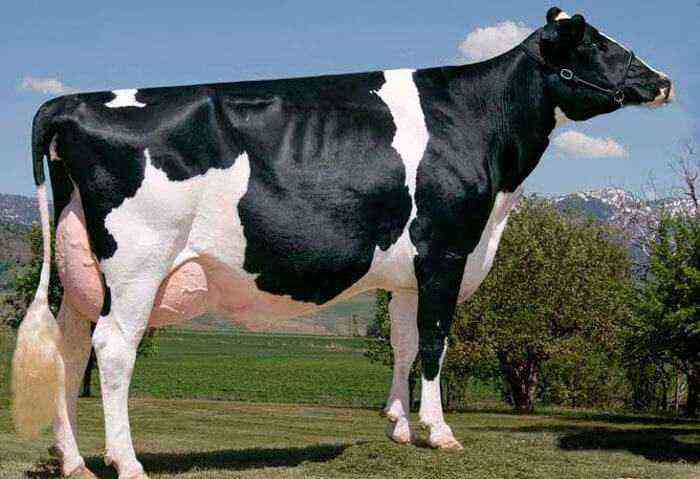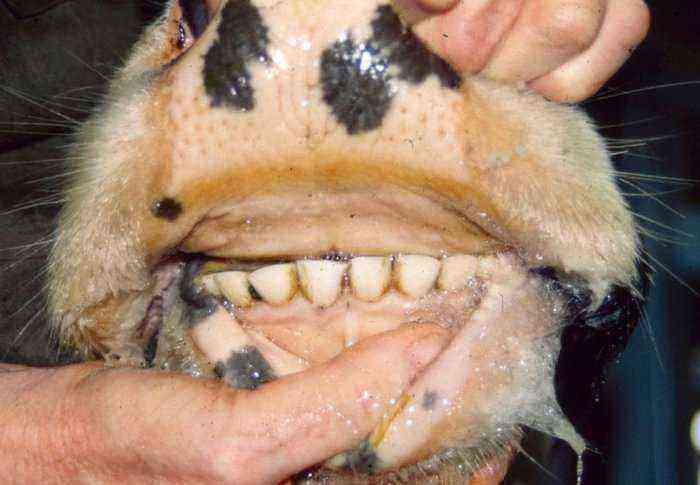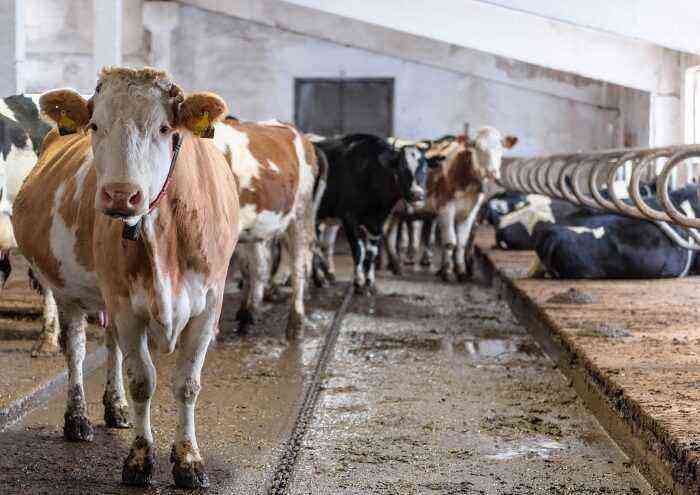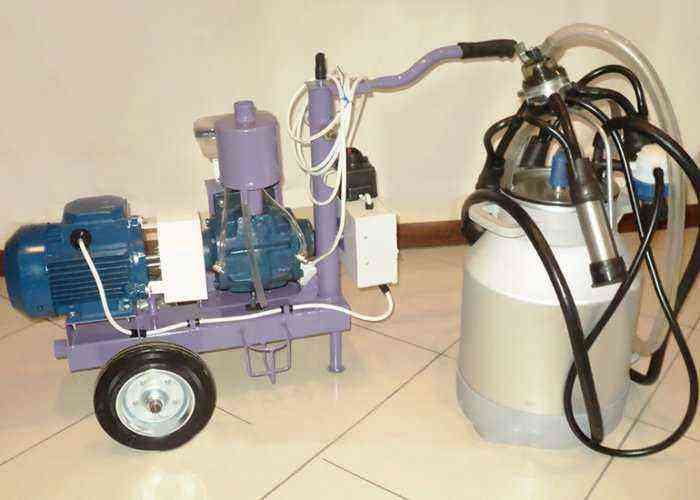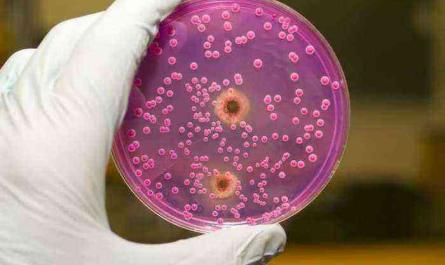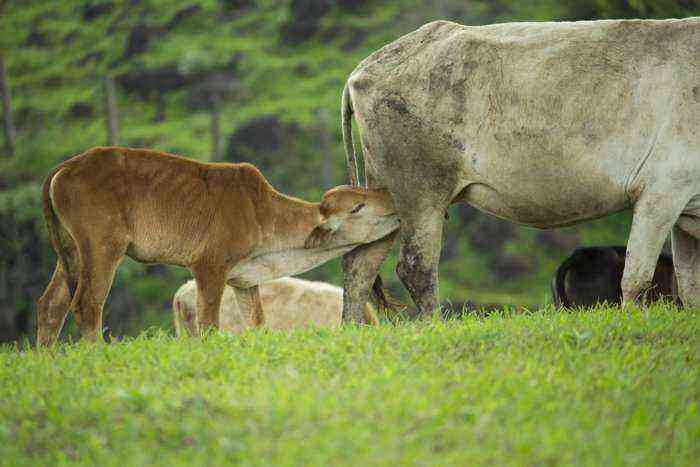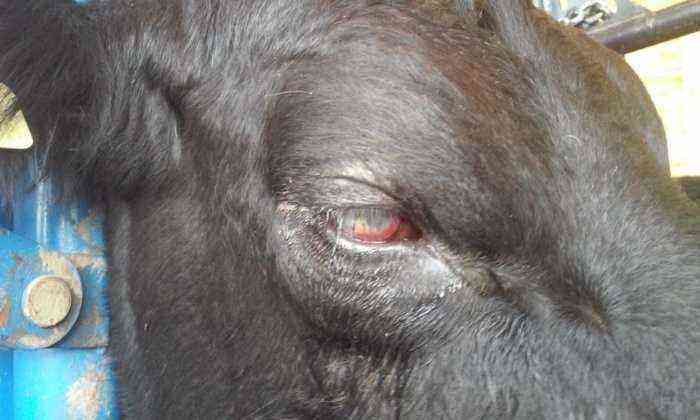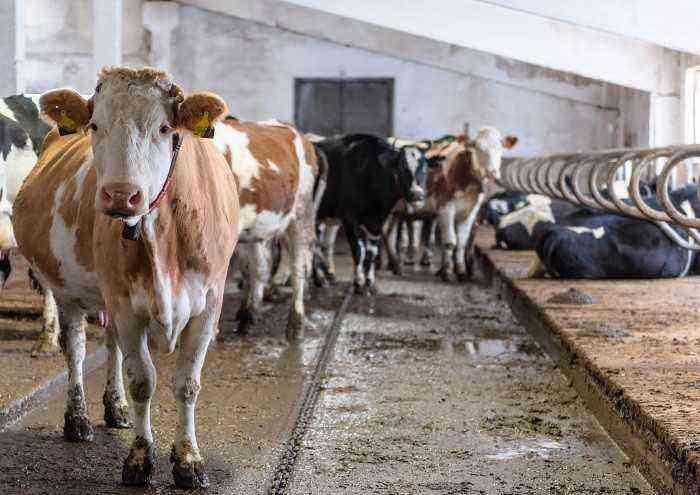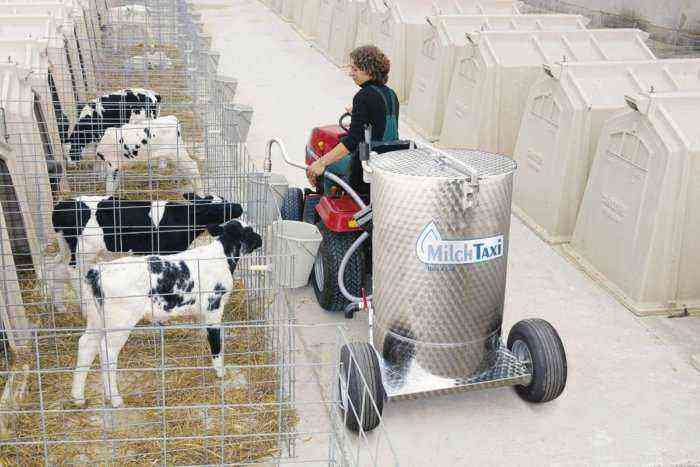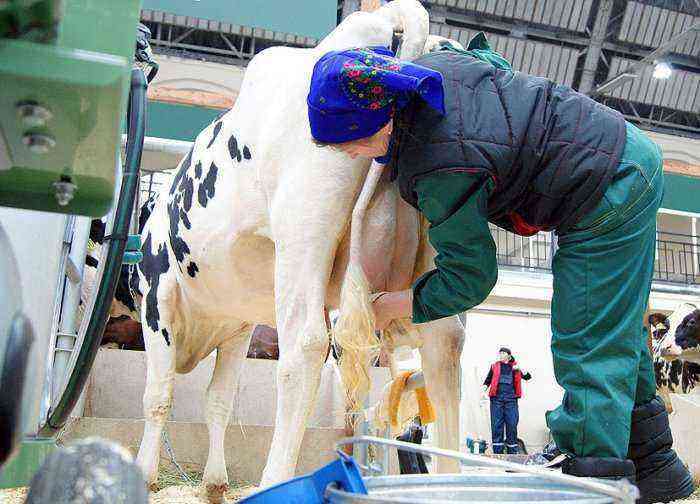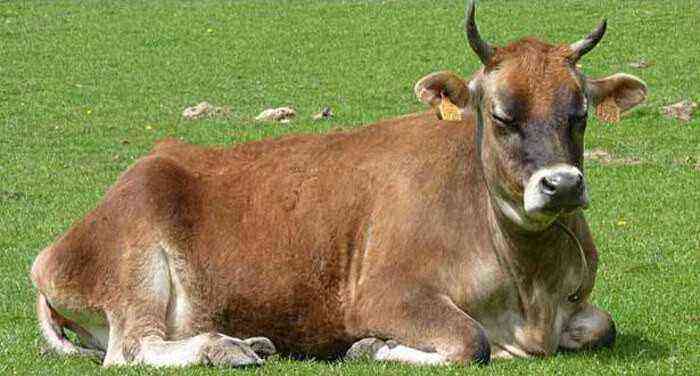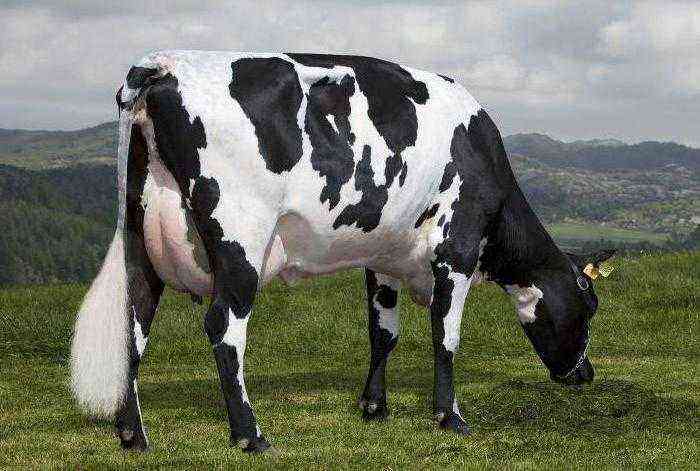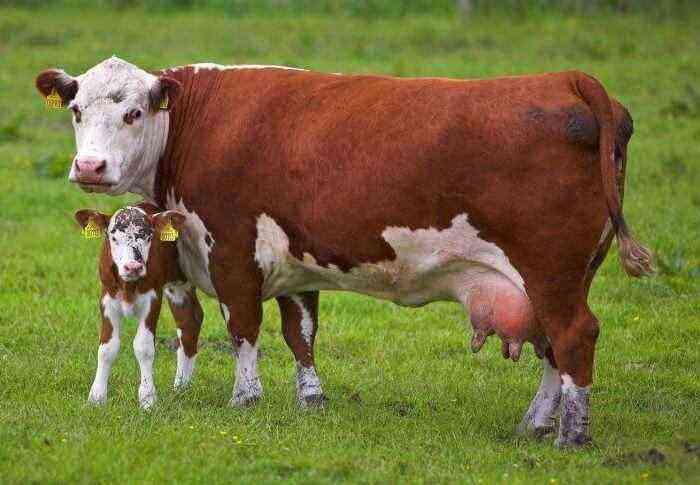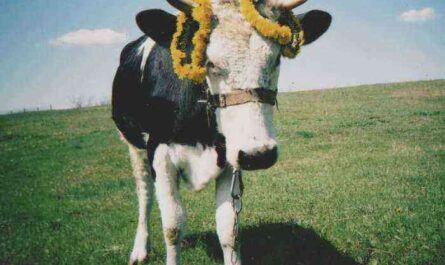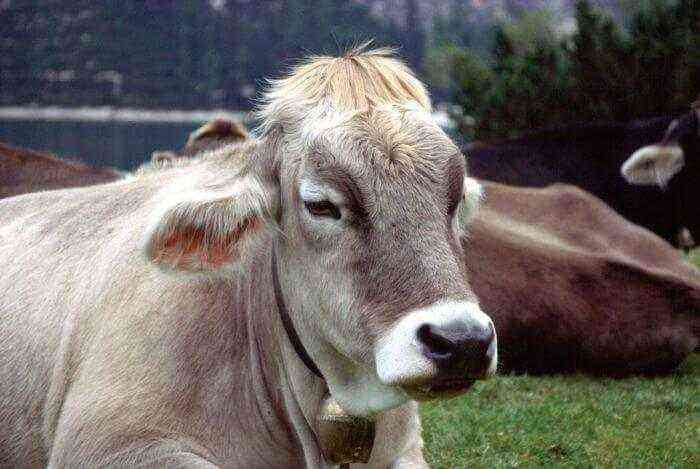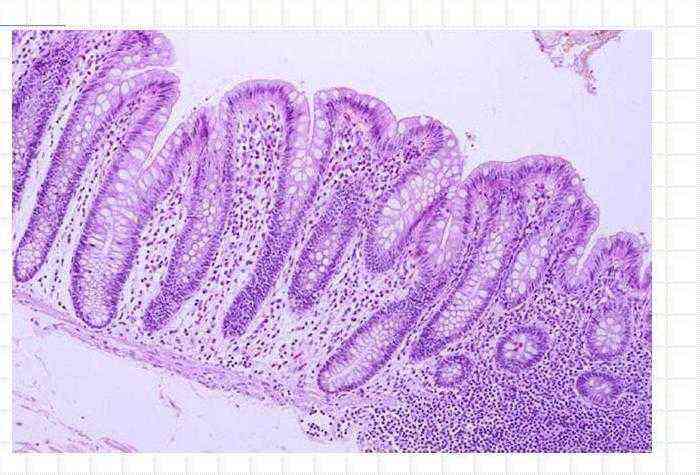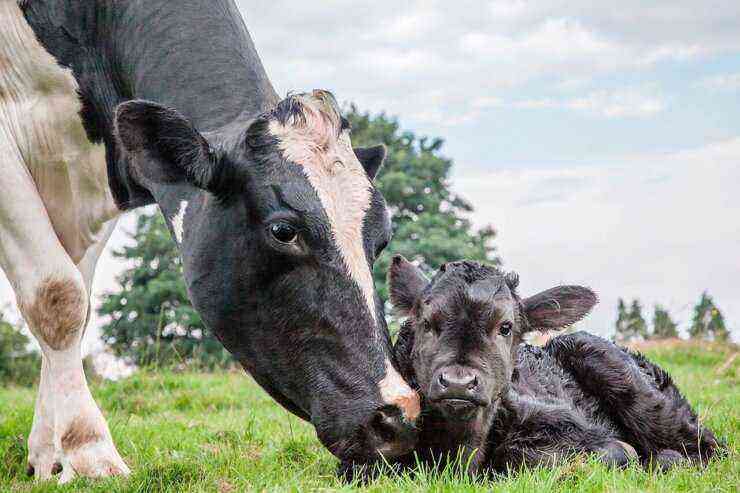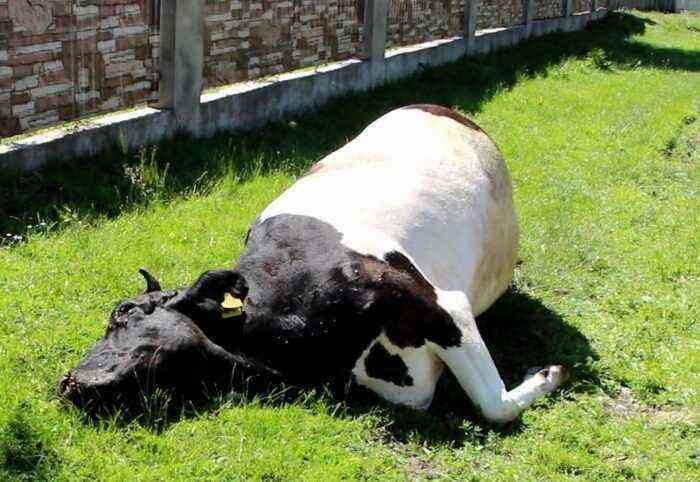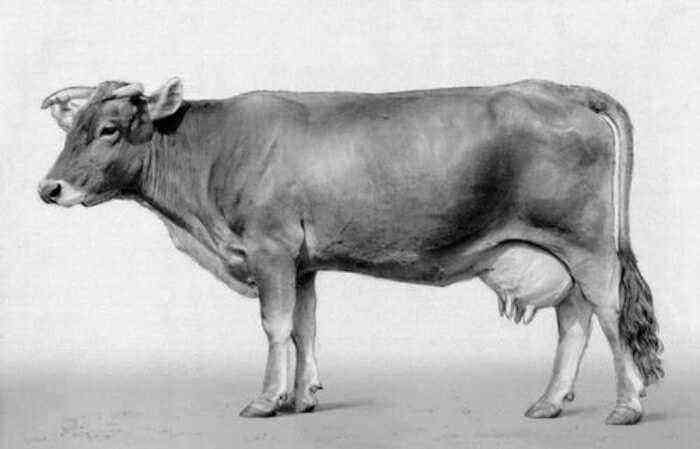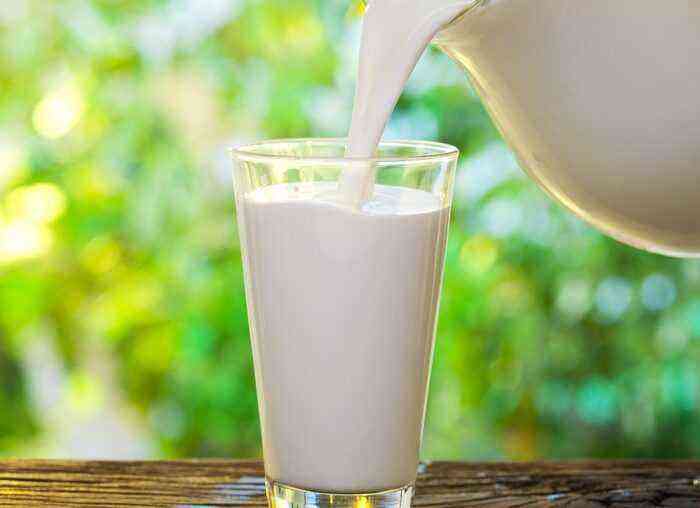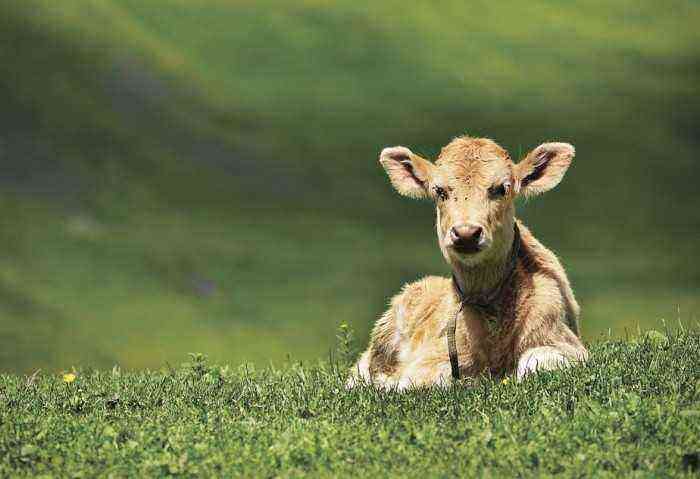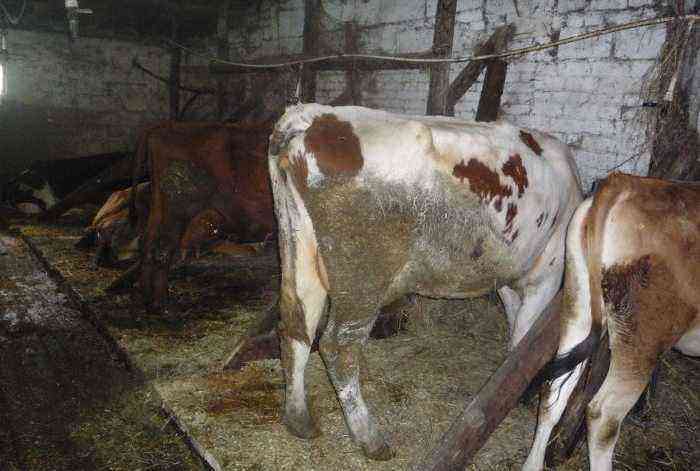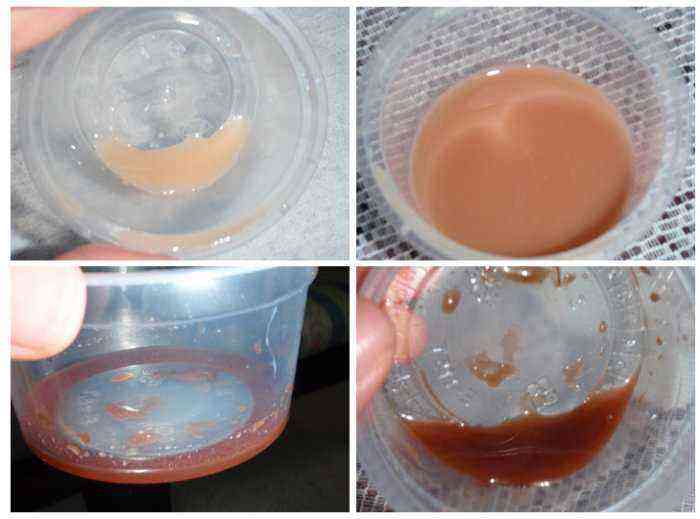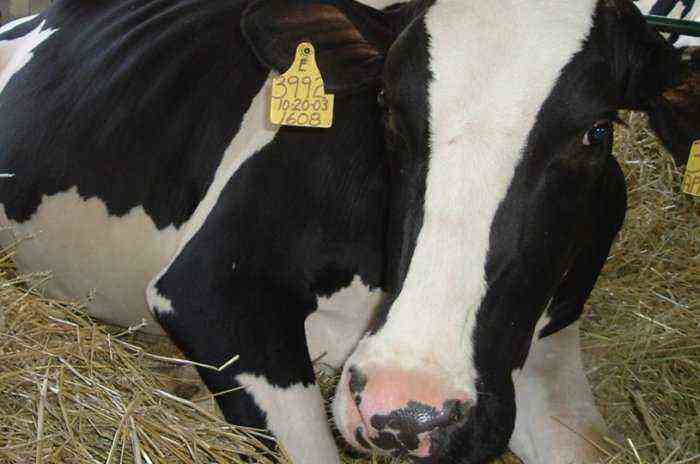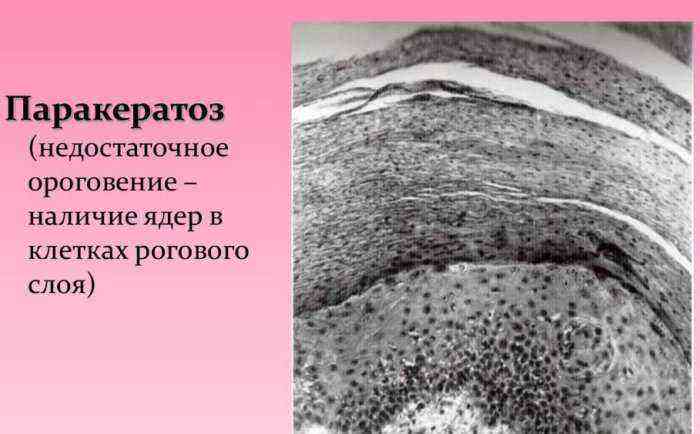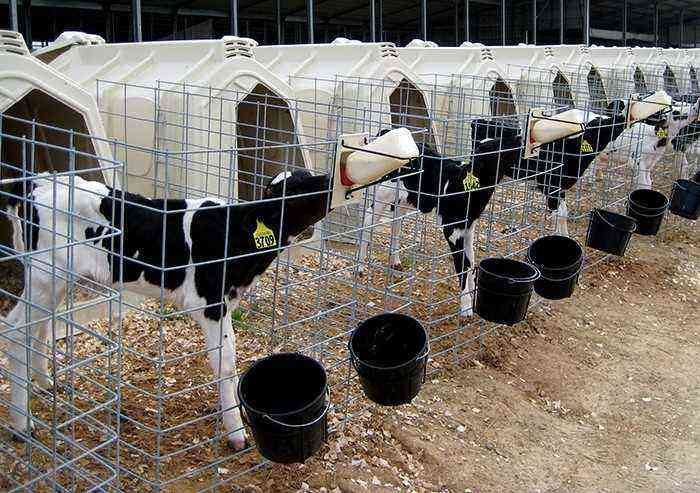The eyes of a cow, like those of a person, are an extremely sensitive and vulnerable organ. That is why, under the influence of various negative factors, eye diseases often develop in livestock. And if such a problem is started, then the animal quickly loses its sight, which negatively affects its entire life. Therefore, it is extremely important to be able to identify and properly treat eye diseases in time.
cow eyes
Conjunctivitis (inflammation of the conjunctiva)
The conjunctiva is a thin transparent film that covers the surface of the eye and part of the eyelid. Under the influence of various factors, it can become inflamed. The process of inflammation in veterinary medicine is called conjunctivitis.
Causes of
In cattle, conjunctivitis can develop due to the following reasons:
- Mechanical damage. This category includes strong blows to the eye area, damage to the conjunctiva by foreign objects that have fallen under the eyelid. Also, inflammation can form due to the inversion of the eyelid inward and scratching the surface of the eye with eyelashes.
- Other infectious diseases. In the general inflammatory process caused by the disease, inflammation of the eyes appears as one of the symptoms.
- Chemical impact. The inflammatory process can also be caused by various chemicals that fall under the eyelid. These include ammonia, dust and lime fumes, lye, various acids, and individual components of chemical fertilizers.
- Violation of the functions of the lacrimal gland. With excessive drying of the conjunctiva, cracks appear on it, in which pathogenic microflora develops.
- Allergy. With allergic reactions of the body, the amount of protein in the composition of tears increases. As a result, an optimal environment for the life of bacteria develops on the surface of the eye.
Bacteria that cause inflammation can also be introduced into the body by flies and mites that land on the eyes.
Symptoms
Clinical signs are pronounced. The incubation period is from 3 to 10 days. After its completion, the disease can manifest itself in several forms:
- catarrhal;
- phlegmonous;
- purulent;
- follicular.
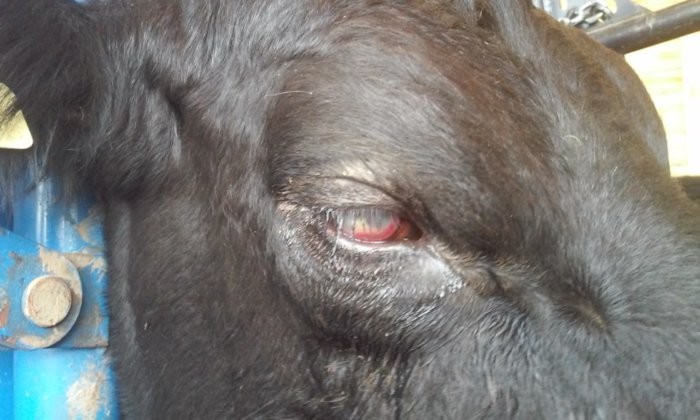
Conjunctivitis in cattle
The following symptoms indicate the onset of the disease:
- a slight increase in body temperature of the cow;
- redness of the conjunctiva;
- eyelid swelling;
- developing photophobia, due to which the animal constantly keeps its eyes half-closed;
- superficial or deep inflammatory injection of blood vessels.
If conjunctivitis has become chronic in cattle, reddening of the membrane may be absent. Instead, it takes on a bluish color.
Individual symptoms appear only in specific forms of the disease. So, with purulent inflammation, a gray, white or green exudate flows out of the conjunctival sac, which dries up on the skin under the eyes. The catarrhal form involves a strong lacrimation. With follicular conjunctivitis, inflamed follicles appear in the third eyelid, and with phlegmonous conjunctiva, it swells strongly.
Important! If the disease in cattle was caused by an allergy, the outer transparent shell may become cloudy, which subsequently leads to partial or complete loss of vision.
Treatment
Before starting the treatment of the disease, its form is clearly determined. In any of the manifestations, the conjunctival sac is first washed. For washing use a solution of boric acid. You can also use furatsilin. Before use, the solutions are slightly warmed up.
For the treatment of a purulent form of inflammation of the conjunctiva, antibiotics are injected into the conjunctival sac, as well as sulfacyl in the form of a 30% solution. In case of catarrhal conjunctivitis, instillation of the eye with zinc sulfate is also added to the already indicated procedures twice a day. If necessary, it is allowed to replace the drug with a solution of resorcinol with the same concentration.
In the case of follicular inflammation of the conjunctiva, the follicles are first treated with lapis, pulling the eyelid. After cauterization, the lapis is washed out with sodium chloride (4,5% of the substance in solution with water).
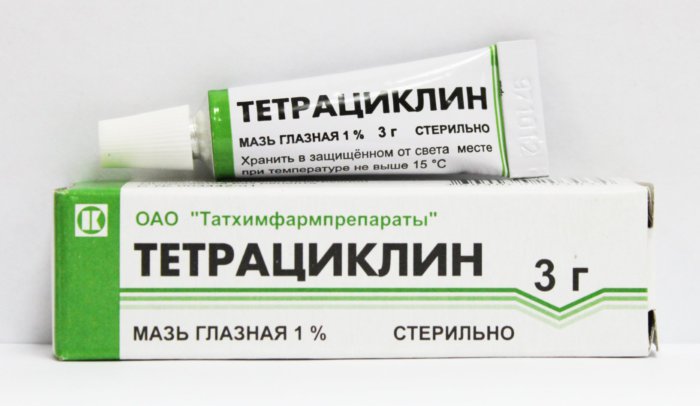
Ointment based on tetracycline
A special ointment based on novocaine and tetracycline also effectively copes with conjunctivitis.
Keratitis (inflammation of the cornea)
Keratitis in cattle develops when the cornea of the eyeball is damaged. The main reasons for the development of the disease are:
- Mechanical damage, which includes blows and injections with sharp objects.
- Thermal burns.
- Exposure to chemicals.
- Infectious diseases in which keratitis is one of the symptoms.
Keratitis can be deep or superficial. The first is easily treated at home. The second form requires prompt intervention by a veterinarian.
Clinical signs
Keratitis in cows is also accompanied by a number of pronounced symptoms. These include:
- a sharp clouding of the cornea of uXNUMXbuXNUMXbthe eye and the appearance of haze on its surface;
- the shell acquires a white, gray or yellowish (with a purulent form of the disease) color;
- the cow develops a fear of light, from which she escapes by closing her entire or complete eye;
- lacrimation appears;
- with a purulent course of the disease, there is a release of gray exudate from the eyeball;
- injection of deep or superficial blood vessels.
If a progressive disease is complemented by complications, an ulcer forms on the cornea. Over time, it becomes overgrown with connective tissue, which does not transmit light. This leads to the formation of an eyesore on the cow, as a result of which she loses the ability to see.
Treatment
Treatment of keratitis is recommended under the supervision of an experienced veterinarian. For the duration of the treatment course, sick cattle must be transferred to a separate stall and provided with maximum peace. The room should be dark enough not to disturb photophobia cows.
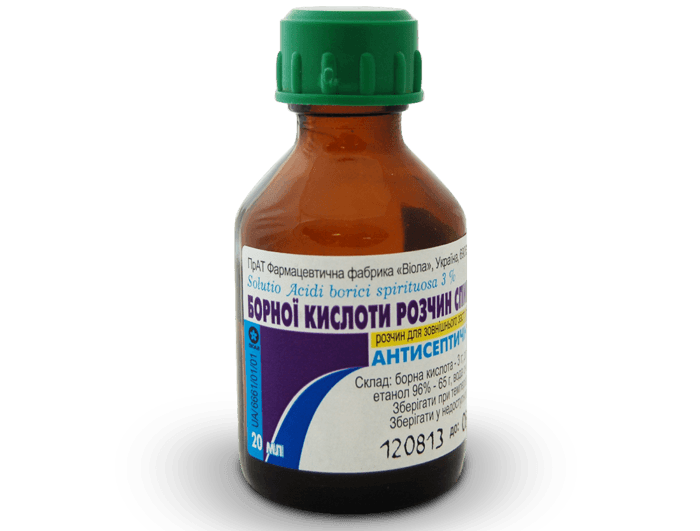
Boric acid solution
The treatment process itself begins with washing the conjunctival sac of the affected eye with a solution of boric acid. It will remove all pathogenic microflora from the surface. After washing, preparations containing antibiotics or sulfanilamide compounds are also introduced into the bag.
A positive effect is given by peri and intraorbital blockades of novocaine. When forming an eyesore, before treatment, they specifically cause an exacerbation. To do this, dionin is instilled into the eye in the form of a 1% solution.
If keratitis develops in young animals, then vitamin complexes are also added to the calf in addition to the main course of drugs. Most often prescribed “Retinol” or “Trivitamin”.
Mass keratoconjunctivitis
Keratoconjunctivitis is an inflammation of both the conjunctiva and the cornea. Such a disease in certain periods of the year can become massive. It is most acute in young cattle.
Causes
There are several reasons for the development of such an inflammatory process in the body. The main ones include:
- Infection with helminths parasitizing in the eyes of livestock. Such parasites enter the body during grazing of calves on pastures.
- Spring hypovitaminosis A. In spring, due to increased activity of cows, vitamin reserves in their tissues are rapidly reduced. And if the reserves are not replenished in a timely manner, keratoconjunctivitis and a number of other diseases develop.
- Rickettsia infection. This type of bacteria is able to parasitize in the eye tissues of young cattle, causing inflammation in them. In this case, the disease becomes infectious.
Symptoms
Clinical signs directly depend on the form of the disease. If inflammation is caused by hypovitaminosis, then it is characterized by such manifestations:
- decreased transparency of the cornea;
- hardening of the upper layers of the protective film and their rejection;
- increased sensitivity of the eye;
- in a severe form of the disease, a hole may form in the cornea, as a result of which vision is lost.
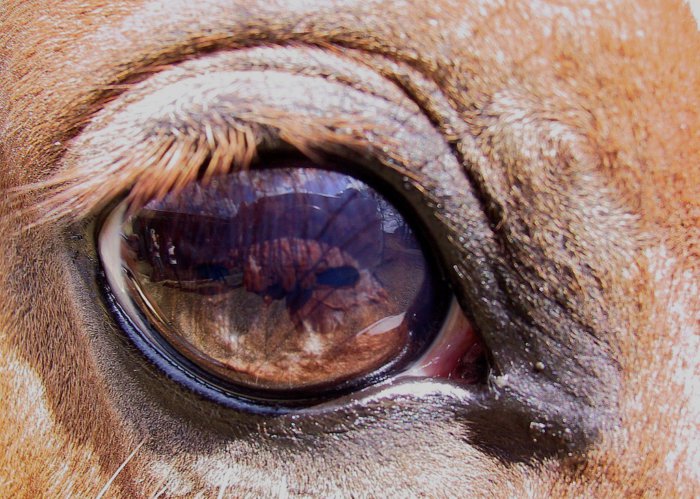
Sore eye in cattle
This form of the inflammatory process is also dangerous because the eyeball becomes overly susceptible to the activity of a secondary infection. Against this background, damage to the ciliary body and the iris can occur. In cases of complications, atrophy of the organs of vision, abscesses, and glaucoma often develop.
If keratoconjunctivitis is caused by the activity of rickettsia, the symptoms of the disease are as follows:
- profuse tearing;
- excessive photosensitivity;
- inflammation of the conjunctiva, accompanied by swelling and redness;
- release of purulent exudate;
- necrosis and separation of the upper ball of corneal cells;
- clouding of the pupil.
Attention! With a complication of the disease, ulcers may appear on the cornea.
Treatment
Sick livestock is provided with peace in rooms with poor lighting, the diet is normalized, and vitamin complexes are included in it. The affected eye is treated twice a day with synthomycin ointment (or similar). For the best effect, novocaine is added to it (no more than 3%).
If the disease has a helminthic nature, then, first of all, get rid of parasites. To do this, the conjunctival sac is washed with warm iodine solution. The procedure is carried out three times a day. Further, prednisolone ointment is injected under the eyelid, with the addition of novocaine and streptocide.
Important! If purulent panophthalmitis develops against the background of the disease, the specialist performs a surgical operation to remove the eye.
The key to a favorable outcome in the treatment of eye diseases in cattle is the timely appeal for help to a specialist. Therefore, it is necessary to conduct regular examinations of living creatures and, at the first suspicion of an illness, call a veterinarian. If the solution to the problem is delayed, the infection can quickly spread to most of the livestock, which will significantly increase the losses of its owner.
